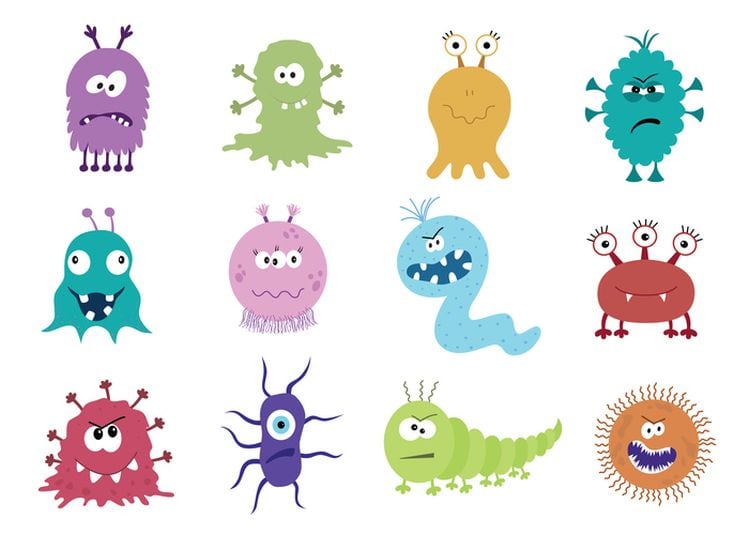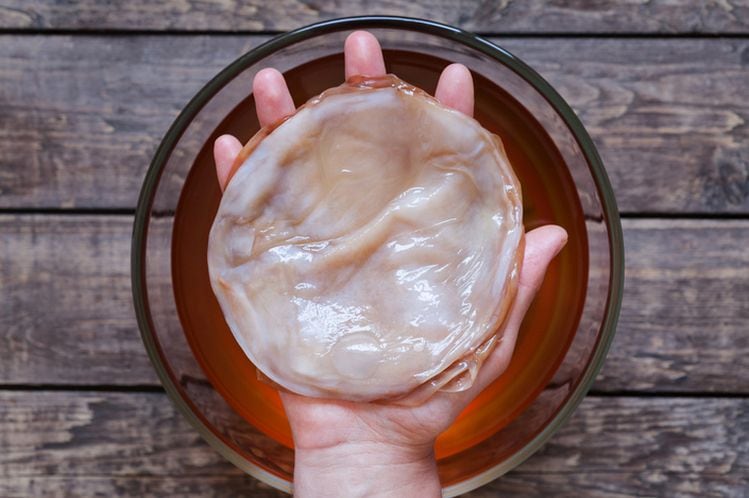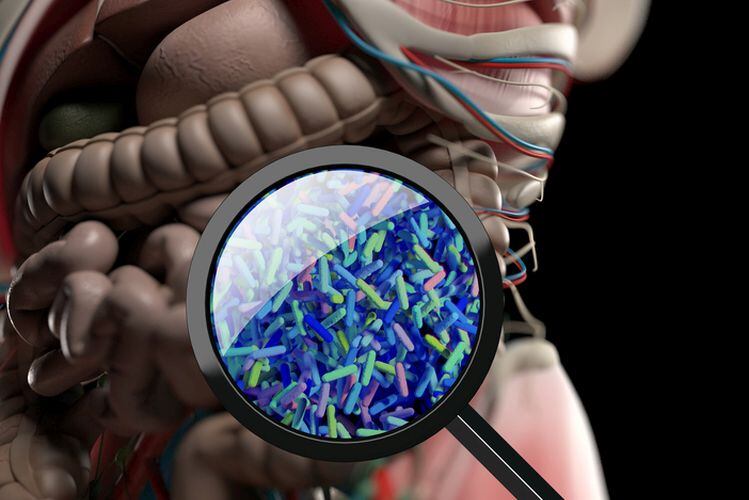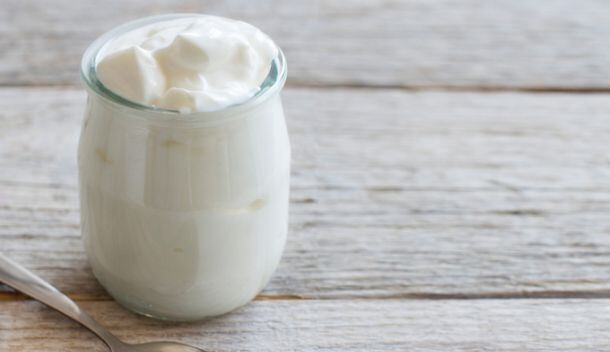Mirjana Curic-Bawden, principal scientist, food cultures & enzymes at CHR Hansen – which supplies some of the best-documented probiotic strains – told FoodNavigator-USA: “We have had a lot of interest in the last couple years, especially in products for babies and children, and parents are willing to pay a premium.
“We also see strong interest in companies making fermented plant-based products such as almond yogurts and pea protein products as well as fermented dairy products, cheese, ice cream and frozen yogurts. We’ve experimented in chocolate, but there is less market demand for that, because the application has to make sense from a consumer perspective, and visibility does not necessarily mean market success. Are you eating a muffin to get probiotics?”
She added: “We’re also seeing renewed interest in using probiotics in fluid milk, where you can use combinations of [Bifidobacterium animalis subsp. Lactis] BB12 and [Lactobacillus acidophilus] LA5. It slightly reduces the shelf life because these bacteria don’t grow in milk, so you have to make sure you inoculate it with sufficient quantities at the beginning (post pasteurization), but more customers are looking at this.
“We are also seeing growing interest in shelf-stable beverages where the probiotics are in freeze-dried powder form in sealed caps, where you release them at the point of consumption.”
Millennial moms like yogurts and they want to give their kids yogurts with probiotics
When it comes to strains, she added: “BB12 is the most popular because it has documentation for both immunity and intestinal health, and it’s the best documented bifidobacterium strain. For example, BB12 is used in Stonyfield’s YoBaby yogurts… Millennial moms like yogurts and they want to give their kids yogurts with probiotics. They are already familiar with strains that have been used in infant formula for years and when their kids get onto solid foods, they want to continue giving them probiotics.
“We’ve also seen growing interest in LGG – which we recently acquired from Valio – for immunity, especially for kids’ products and drinking yogurts, which is fast-growing category.”

WHAT ARE PROBIOTICS? According to the World Health Organization, probiotics are “live microorganisms that, when administered in adequate amounts, confer a health benefit on the host.”
When you think about probiotics, you need to think about the genus, the species and the strain (and no two strains are the same), says the International Probiotics Association. For example, for Lactobacillus rhamnosus GG (often referred to as LGG), the genus is Lactobacillus, the species is rhamnosus and the strain is GG.
How much do consumers understand about probiotics?
When it comes to consumer understanding, Curic-Bawden says there is some confusion around what is and isn’t a probiotic.
“In the course of our consumer research some consumers were able to provide a clear definition, and younger consumers especially are informed about the microbiome, and are looking at introducing more fermented foods to their diets for example.”
That said, while consumers generally understand that probiotics are live micro-organisms, so-called ‘friendly’ or ‘good’ bacteria, they don’t necessarily understand that not all fermented foods (kombucha, kimchi etc) or yogurts featuring ‘live and active cultures’ contain probiotics, according to the WHO definition.
What does ‘live and active cultures’ mean?
On a yogurt, all the ‘live and active cultures’ seal definitively means is that the product contained a certain amount of Lactobacillus bulgaricus and Streptococcus thermophilus (starter cultures that turn milk into yogurt) at the time of manufacture [according to the National Yogurt Association, the cultures must also be 'active' at the end of the stated shelf-life]. But unless additional named/documented probiotic strains are added, you can’t assume that products featuring the seal contain probiotics, said Curic-Bawden.

“Yogurt bacteria is there to ferment milk, create texture, flavor, acidity and so on, as opposed to named probiotic strains that some companies add, which have been specially selected because they can survive through the intestinal system and confer a health benefit on the host.
“’Live cultures’ are not all probiotic, although all probiotics are live cultures. And even if people say we’re using bifidobacterium or lactobacillus on the label, each strain is different, so with lactobacillus rhamnosus, for example, one strain [GR-1] is documented for vaginal health and the other [LGG] is documented for immunity in kids. All the strains are different.”

Fermented foods don’t necessarily contain probiotics
While many fermented foods use naturally occurring live cultures to begin the fermentation process, meanwhile, they are sometimes pasteurized – a process involving heat that will kill good and bad bacteria alike – prompting some manufacturers to add clinically-studied probiotics after they have been pasteurized to avoid legal hot water.
If the fermented foods or beverages are raw, meanwhile, they will contain bacteria, but again, the organisms in many of these products have typically not been studied, so generic claims about kombuchas and other products being ‘packed with probiotics’ do not always stand up to scrutiny, claimed Curic-Bawden.
“And I’m saying that as a huge fan of fermented foods – and it’s great to see all these naturally fermented products on the market, I’m a microbiologist and I had a spell of brewing kombucha in my own kitchen - but as to whether they contain probiotics, it’s a bit tricky as you don’t know what’s actually in there [in terms of ‘good’ bacteria].
“And there may even be safety issues, as even if they are acidified or salted, some enterobacteria [gram-negative bacteria that includes some of the more familiar pathogens, such as Salmonella, Escherichia coli etc] may survive.”
Fermented foods are an important part of the diet, she added, but if manufacturers want to make specific claims about ‘probiotics’ on pack, it’s sensible to select a documented strain, both for ethical and legal reasons, despite the aversion in some parts of the natural products community to using so-called ‘lab-grown’ probiotics.
“If you have a specific strain, consumers can google that and look up the strain, say BB12, or LGG and see exactly what it is and what clinical evidence is there to support it. And consumers do want to see documented strains, and labeling should be truthful and not misleading. I think parents with young kids in particular want to go with something that is well documented and supported by clinical evidence rather than wild fermented products from someone’s kitchen.”

What are brands claiming about probiotics on pack?
In the EU, the term ‘probiotic’ is no longer permitted, making life very difficult for firms marketing probiotics, who have thus far failed to secure a single approved health claim for probiotics under the Nutrition And Health Claims Regulation (NHCR).
In the US, the regulatory environment is a little more accommodating, with firms allowed to make structure-function-type claims (eg. supports digestive health) about probiotics, provided they can be supported by scientific evidence.
Claims on pack
As for specific claims about probiotics – which have been linked to a dizzying array of health benefits –manufacturers tend to be cautious both because they don’t want to get ahead of the science and because of the risk of litigation [for example Yakult – which has one of the best researched strains in the industry, and makes very conservative claims, was targeted [although it ultimately prevailed] in a false advertising case].
“Some of our customers just list the documented strain on the ingredients list, others are making [structure/function] claims such as supports a healthy digestive/immune system, but after the class action lawsuits, they are very careful about labeling, said Curic-Bawden.
*CHR Hansen partnered with Datassential for an online survey of 2,508 consumers in August 2017
“We did some consumer studies recently and found that the most appealing call out on a plant-based yogurt was the word ‘probiotic’ out of 15 different label claims, with 42% of consumers who shop this market across all generations wanting probiotics in these products.
“Our research* shows that 53% of parents who purchase probiotics believe that their children aren’t getting sufficient probiotics in their diet, and 81% would like to see more children’s probiotic products on the market.”
Kristen Katzman, marketing manager, CHR Hansen

From a technical perspective, says Mirjana Curic-Bawden, principal scientist, food cultures & enzymes at CHR Hansen, “the probiotics that we use – bifidobacterium (eg, BB12), lactobacillus rhamnosus (eg. LGG), lactobacillus acidophilus (eg. LA-5), lactobacillus paracasei, - are more or less sensitive to air, but resistant enough to be used in dairy and cheese.
“Heat is not friendly to live micro-organisms and in dry applications, water activity is the main enemy. When you completely dry everything, for example in a powdered infant formula, that is OK, but as soon as moisture and humidity comes into play, you have a problem.”
